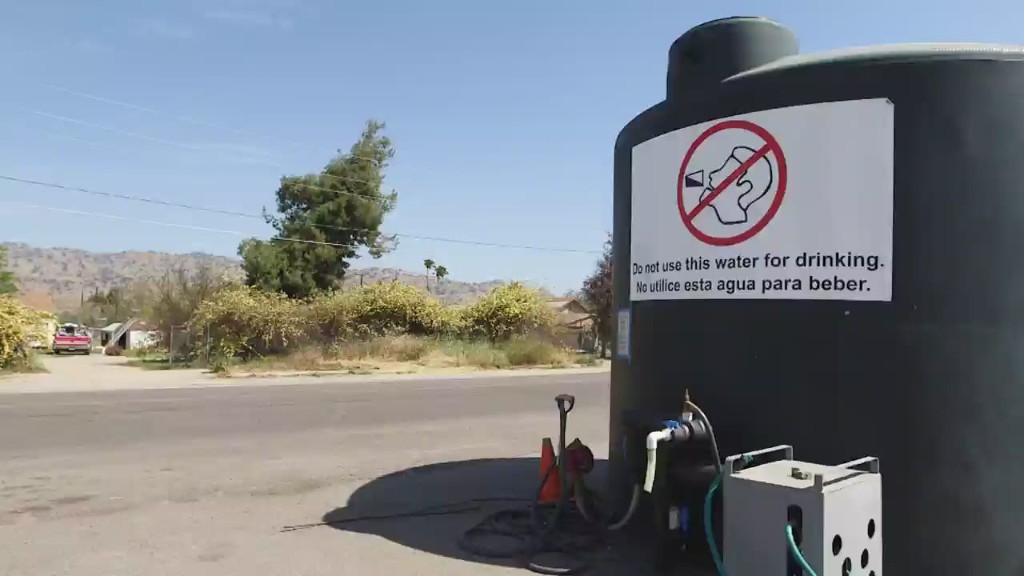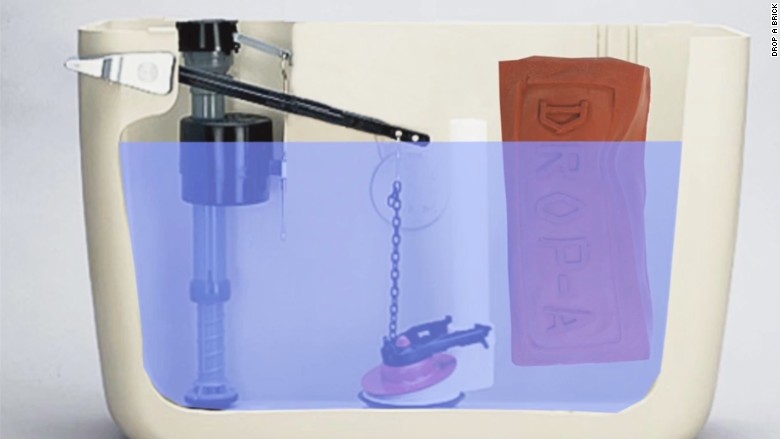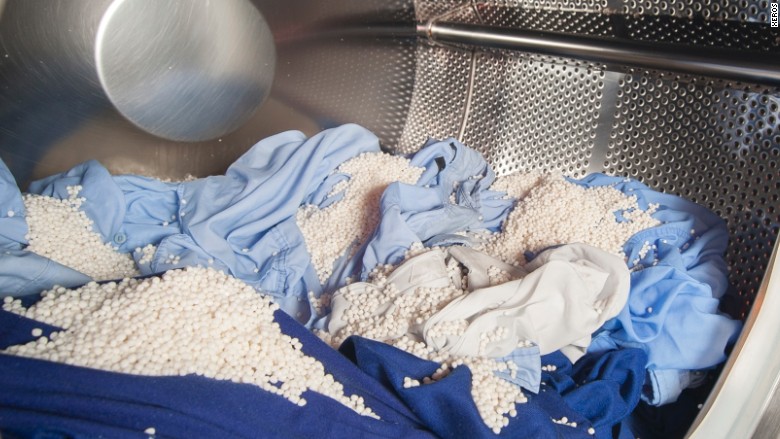
With California's first-ever mandatory water restrictions now in place, the state's residents are facing the tall task of reducing their water usage by 25% over the next year.
Though the mandates don't specifically extend to water usage inside the home, it may be a good idea for some self-imposed restrictions amid the area's historically severe drought.
Here are a few tips to help trim use in the three most water-hungry rooms in the house.
Let's start in the bathroom.
Specifically, the toilet. It alone accounts for almost 30% of indoor water usage, according to the Environmental Protection Agency. It's also a major source of wasted water due to unidentified leaks and misuse.
Here's one way to tell if a toilet is leaking: Place a few drops of food coloring in the tank. After at least 10 minutes -- don't flush while waiting -- look for color in the bowl. If you don't see any, great. If you do, you should replace the flapper valve.
Other suggestions from the EPA:
- Consider using composting toilets. They use little to no water.
- Swap out older toilets, faucets, and showerheads with new ones that meet EPA standards. Look for the WaterSense label. Some WaterSense products also offer rebates.
- Don't use the toilet as a trash receptacle.
Another old trick -- putting a brick or heavy object in the tank to displace the amount of water required to fill it -- is getting a modern upgrade. Drop-A-Brick is a fake brick made from rubber and hydro-gel that can bend and squeeze so it fits into many tanks and achieves the same goal.

Onto the kitchen.
The kitchen sink is the mini-shower and bathtub of the house. We wash everything from our cats to our carrots in it.
Here are some low-tech ways to conserve water use in the sink:
- Rinse fruits and vegetables in a pot of water instead of using the tap. When you're done, water your plants.
- You can also water your plants with leftover drinking water.
- Use less dish soap to avoid using more water when rinsing.
- Install aerators on faucets. They can cost as little as a few dollars, and they limit the flow of water.
- Don't use water to rinse off leftover food. Take that dirty fork to scrape off that penne.
If you have a drippy faucet, and limited motivation to fix it, download the free Drip Detective app. It calculates the amount of water and money you lose per day, week, month, and year based on the number of drips you observe.

And we'll end in the laundry room.
To conserve water when treating stains, some DIY blogs recommend using natural products instead of solutions that require pre-soaking.
- To get stains out of a white shirt, squeeze lemon juice on the problem areas and leave the shirt in the sun for a few hours for a bleaching effect.
- Try rubbing chalk on grease stains, says Apartment Therapy.
If you're planning to upgrade to a new washing machine, an easy way to find the most water efficient one is to look for a low "water factor," the EPA recommends. A three-cubic feet machine that uses 18 gallons of water per wash cycle has a water factor of 6.0, for example. A lower number means a more efficient machine.
On the high-tech side of things, one company, Xeros, has been building commercial washing machines for hotels and restaurants. They use 80% less water than traditional equipment. Millions of sponge-like beads, about the size of a rice kernel, replace water to clean fabrics.
During a wash cycle, the movement of the beads act like "millions of hands" to absorb and rub dirt away. The beads are reusable, so this could be a great consumer product in the future, as long as we can be sure all the beads leave the machine properly.


